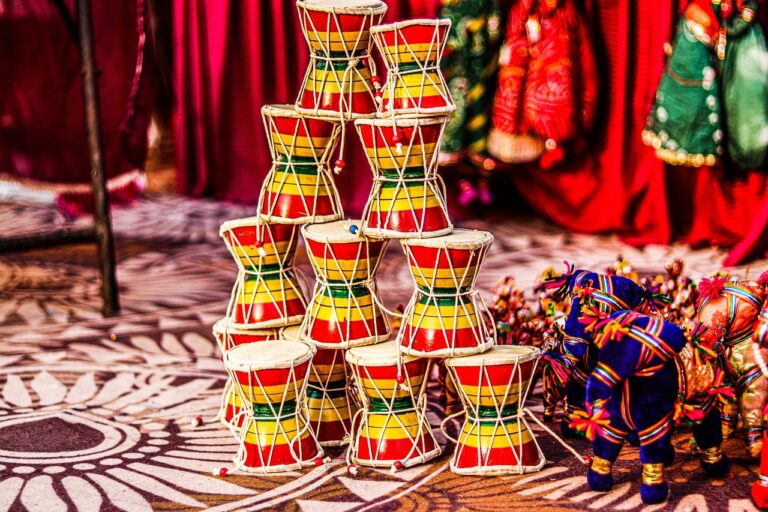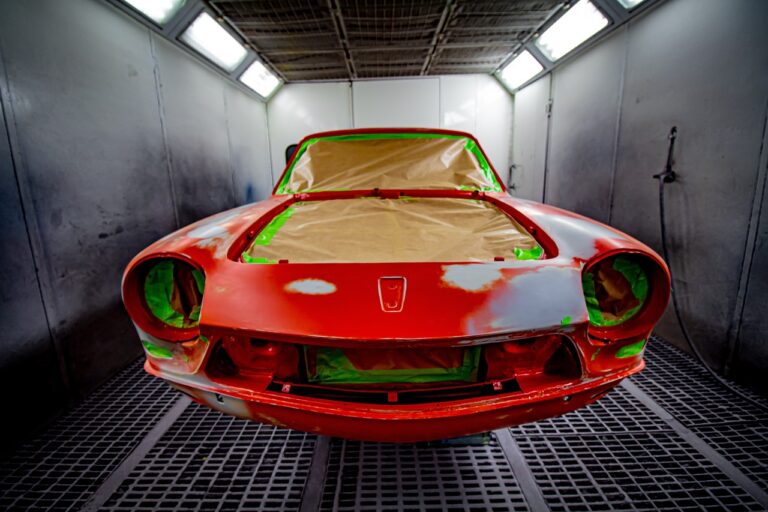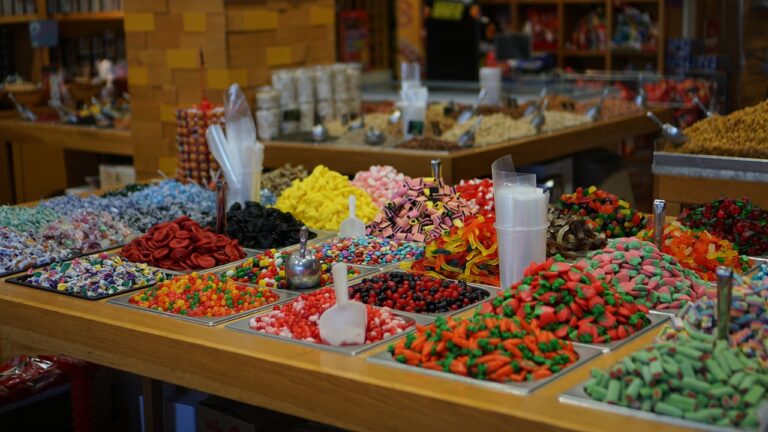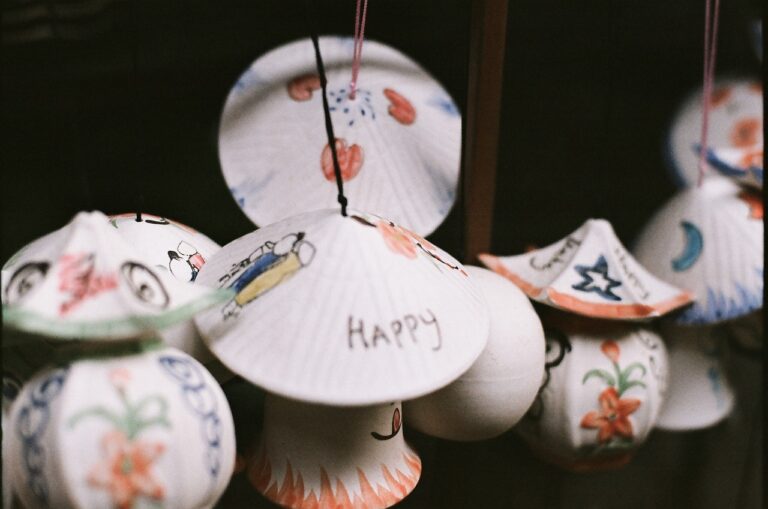Exploring the World of Secondhand Luxury Goods: Authenticity and Value Preservation
The rise in popularity of secondhand luxury goods can be attributed to several reasons. Firstly, the allure of owning luxury items at a fraction of the original cost is a major driving force. Consumers who may not have been able to afford high-end brands at full price can now indulge in luxury purchases through the secondhand market. This accessibility has opened up a new avenue for individuals to participate in the luxury goods market without breaking the bank.
Additionally, the increasing awareness of sustainability and environmental impact has contributed to the surge in secondhand luxury goods. Many consumers are becoming more conscious of the environmental toll of fast fashion and the luxury industry. By opting for pre-owned luxury items, individuals can support sustainable practices by extending the lifespan of products and reducing waste. This shift towards eco-conscious consumer behavior is reshaping the way people view luxury goods, making secondhand options more appealing than ever.
Understanding the Market for Secondhand Luxury Goods
When it comes to the market for secondhand luxury goods, the landscape is evolving rapidly. With the rise of sustainability initiatives and a growing consciousness towards reducing wastage, more consumers are turning to pre-owned luxury items. This shift in consumer behavior has paved the way for a thriving market where previously owned goods are not only being bought and sold but also valued for their unique qualities and stories.
One of the key drivers behind the growth of the secondhand luxury goods market is the desire for exclusivity. Consumers are increasingly seeking out one-of-a-kind pieces that help them stand out from the crowd and express their individuality. By purchasing pre-owned luxury items, shoppers can acquire pieces that are no longer in production or are rare finds, adding a sense of prestige and uniqueness to their collection.
Factors that Determine the Value of Secondhand Luxury Goods
Factors that determine the value of secondhand luxury goods vary significantly depending on various elements. One crucial factor is the brand and the item’s popularity within the market. Well-known luxury brands with strong brand value tend to retain their value better in the secondary market compared to lesser-known brands. Another key factor is the condition of the item. Goods in excellent condition with minimal signs of wear and tear typically command a higher resale value.
Moreover, the rarity and exclusivity of a secondhand luxury item also play a significant role in determining its value. Limited edition pieces or discontinued styles are often highly sought after by collectors and enthusiasts, leading to an increase in their market value. Additionally, the age of the luxury good can impact its value, with some vintage pieces becoming more valuable over time due to their historical significance and rarity in the market.
Why are secondhand luxury goods becoming more popular?
Secondhand luxury goods are becoming more popular due to factors such as sustainability, affordability, and the desire for unique or vintage items.
How can one understand the market for secondhand luxury goods?
Understanding the market for secondhand luxury goods involves researching trends, pricing, and demand for specific brands or items in the resale market.
What are the factors that determine the value of secondhand luxury goods?
Factors that determine the value of secondhand luxury goods include brand reputation, condition, rarity, age, and current demand in the market.







